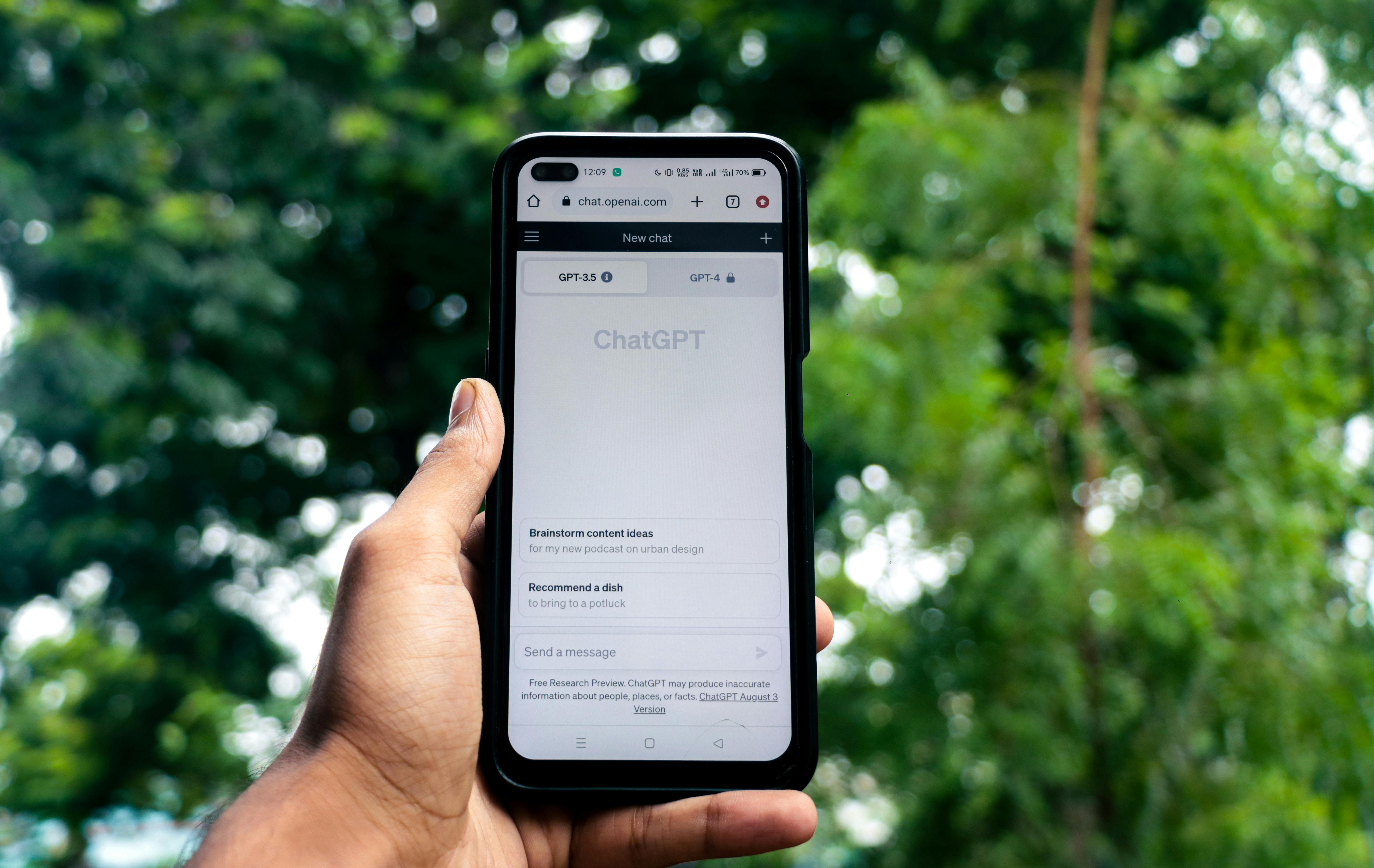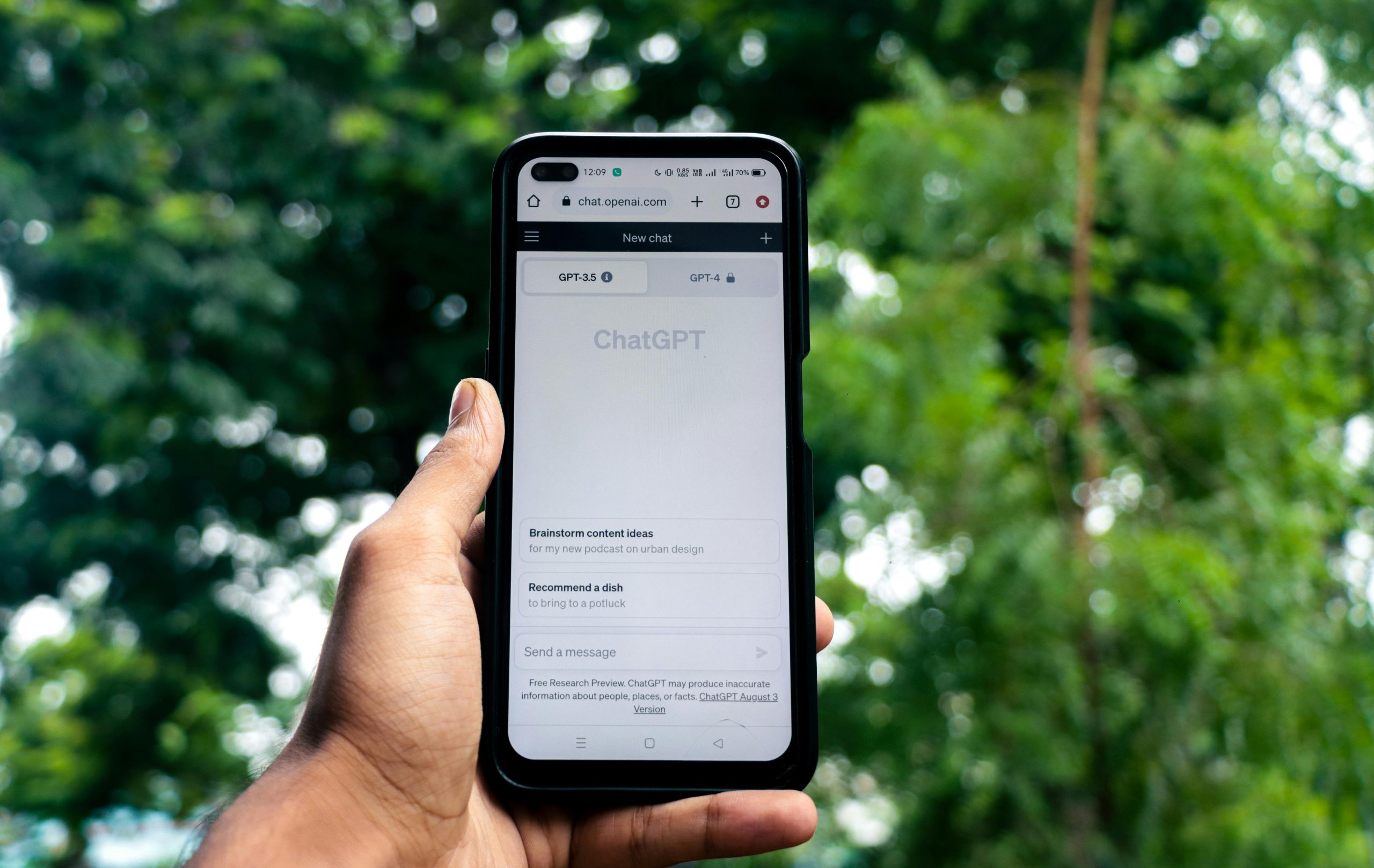The New Frontier of Web Navigation: Analyzing OpenAI’s ChatGPT Atlas Browser and the Imperative for User Vigilance

The digital landscape has undergone a seismic shift with the unveiling of ChatGPT Atlas, OpenAI’s dedicated web browser, announced on October 21, 2025, and initially released globally for macOS users. This launch marks a strategic and aggressive move by the creator of the world’s dominant large language model to directly challenge established titans like Google Chrome and Microsoft Edge. Atlas is not merely a familiar browser with an AI plugin; it is architecturally designed around the capabilities of ChatGPT, fundamentally reimagining the web from a passive information repository into an actively managed, AI-co-piloted environment. The core value proposition is immediate and compelling: unprecedented speed in task completion and context-aware assistance woven into the fabric of every online interaction. However, this dramatic leap in convenience is intrinsically tethered to a profound new level of data ingestion, demanding that even the most tech-savvy users approach this new portal with a high degree of scrutiny and calibrated caution. As of this writing, with the initial momentum of the October 2025 release still fresh, the implications of integrating one’s entire browsing life with a powerful predictive intelligence are only beginning to be understood by the broader user base.
The Core Architecture of Atlas: A Browser Built Around AI
ChatGPT Atlas differentiates itself from competitors like Google’s Gemini-integrated Chrome or Perplexity’s Comet browser by embedding the AI as the primary navigational paradigm, rather than an overlay. Built upon the Chromium engine, Atlas retains the essential scaffolding of modern browsing—tabs, bookmarks, and incognito functionality—but overlays an intelligent layer that seeks to redefine the basic ‘unit of work’ on the internet, moving it from query-and-click to goal-and-completion. The initial rollout confirmed the platform’s focus on this integration, positioning it as a direct competitor by controlling the entire technology stack, a potential advantage noted by market observers.
Seamless Integration: The Sidebar and Inline Assistance
The most visible manifestation of Atlas’s integrated design is the omnipresent ChatGPT sidebar. This pane, visible by default alongside the webpage content, transforms the browsing experience from sequential to concurrent. Users are encouraged to interact with the content dynamically—asking for comprehensive summaries of lengthy documents, instigating complex product comparisons across multiple open tabs, or requesting immediate analysis of on-page data, all without switching context. Furthermore, this integration extends into active content creation and editing through the “inline writing help” feature. Users can highlight any text within a form field—an email draft, a support ticket, or a social media post—and instantly invoke ChatGPT to refine the tone, correct grammar, or rewrite the passage entirely. This reduction in context switching offers a demonstrable productivity boost, streamlining workflows that previously required constant copy-pasting between the browser and a separate chatbot interface. The foundational logic is that the assistant should be aware of, and immediately actionable upon, the context of the specific document the user is engaging with at any given moment.
Agent Mode: Shifting from Viewing to Task Completion
For premium subscribers (Plus, Pro, and Business tiers), the introduction of the experimental “Agent Mode” signals the most ambitious departure from conventional browser behavior. This feature elevates ChatGPT from a conversational assistant to an active, if supervised, digital agent capable of executing multi-step, end-to-end tasks across the web. The promise extends beyond mere suggestion to actual execution, such as researching travel options, compiling a necessary list of ingredients from various recipe sites, and even placing those items into a delivery service’s shopping cart, awaiting final user authorization before checkout. This agent is designed to open necessary tabs, synthesize information, and begin formatting results, essentially performing the first draft of complex digital chores. The success of this mode hinges on the system’s ability to navigate, click, and interact with page elements, a capability that demands an intimate understanding of the user’s immediate goals. While the capabilities are transformative, strict boundaries were put in place at launch: Agent Mode is explicitly restricted from accessing the user’s local file system, downloading files, running executable code within the browser, or accessing saved passwords or autofill data without specific approval for sensitive sites. The design philosophy emphasizes continuous user control, with the system trained to prompt for confirmation before executing actions deemed significant.
The Data Exchange: The Cost of Contextual Convenience
The very features that define Atlas’s utility—its persistent awareness and its ability to act on the user’s behalf—are predicated on an unprecedented level of data access and retention. The central tension facing early adopters revolves around the trade-off between this hyper-convenience and the surrender of digital privacy boundaries that have been standard for decades. Unlike traditional browsers where the AI may only process a direct query, Atlas is designed to build a persistent, contextual profile of the user’s digital intents and interests derived directly from the content it processes.
Browser Memories: The Deep Dive into Personalization
The feature most directly implicated in this data exchange is Browser Memories. This is an opt-in mechanism where ChatGPT selectively stores “facts and insights” gleaned from the content the user views, rather than saving literal page copies. For instance, if a user spends an afternoon researching specific flights or comparing local apartment listings, the system retains the details of those preferences, such as preferred airline or neighborhood, to inform future, unsolicited suggestions on the home screen or personalized chat responses. The functionality promises a digital companion that “won’t need you to repeat yourself”. The initial documentation from OpenAI indicates that this memory corpus is private to the user’s account and manageable via settings, where entries can be viewed, archived, or deleted by clearing the relevant browsing history. This persistence is a critical differentiator from competitors, as Google Chrome’s current Gemini integration, for example, does not store memories about the contents of webpages in the same contextual manner.
The Privacy Landscape: Controls and Ambiguities
OpenAI has concurrently released a detailed Data Controls and Privacy page outlining the mechanisms intended to mitigate the inherent risks of such deep integration. Users are not automatically opted into data sharing for model training; by default, browsing content is excluded from training the broader ChatGPT models, though an explicit opt-in setting exists. Furthermore, the address bar features a persistent visibility toggle, allowing users to instantly block ChatGPT from viewing the content of any specific page, thereby preventing those pages from generating new Browser Memories. The company states that content summaries processed on their servers are subjected to safety and sensitive data filters designed to redact government IDs, financial details, and other highly personal information. Despite these stated controls, the very act of summarizing content on OpenAI’s servers—even with filtering—represents a new vector for data processing when compared to traditional, client-side-focused browsers. The sheer volume and granularity of the data flowing into the ‘memories’ system—covering preferences, comparisons, and intents—has led to immediate concern in technology circles about the efficacy and comprehensibility of these layered privacy settings. The difference between Browser Memories, standard ChatGPT Memories, and traditional website cookies is a layer of technical distinction that many mainstream users may struggle to parse, leading to potentially accidental data exposure.
Concluding Assessment and User Cautionary Note
The Importance of User Education on Data Visibility
Given the complexity and the deep integration of data-gathering features like Browser Memories, the initial user education process is paramount. The company’s own documentation stresses the need for users to understand where and when the AI is “watching” and storing context. The ease with which a user can import sensitive data, passwords, and history from legacy browsers requires them to actively engage with the privacy settings immediately upon installation. The very convenience that draws users in—the AI’s ability to remember your past—is the same feature that necessitates an active, informed approach to privacy management from the very beginning of the user journey. Without immediate and thorough comprehension of the Memory and Agent modes, users risk defaulting into the most permissive setting, handing over the granular blueprint of their digital lives without full awareness of the long-term data footprint being created.
Weighing Convenience Against the Cost of Personality Subtraction
Ultimately, the adoption of ChatGPT Atlas forces a confrontation with a profound philosophical consideration raised by market analysts. When an AI becomes so attuned to a user’s profile, drawing conclusions and suggesting actions based on an ever-growing corpus of personal digital activity, a valid question arises: how much of the resulting thought or decision is truly the user’s, and how much is the optimized output of the engine? The convenience of task completion must be rigorously weighed against the risk of “taking personality away,” ensuring that the intelligent assistant remains a tool that serves the user’s intentions, rather than one that subtly steers them toward predetermined, albeit convenient, paths. This tension between ultimate productivity and authentic self-direction will define the long-term success and societal acceptance of this new generation of web companion.
The strategic positioning of Atlas as a fundamental shift in internet interaction—from a portal to a participant—is clear from its October 2025 debut. While its advanced capabilities, particularly the Agent Mode, promise to revolutionize how tasks are managed online for subscription holders, the underlying data architecture represents a significant evolution in the digital contract between user and service provider. The marketplace, reacting swiftly to the announcement, registered a palpable fear regarding the threat to existing browser dominance, evidenced by immediate stock fluctuations in established competitors. The success or failure of Atlas will likely hinge not just on the utility of its AI, but on the transparency and trustworthiness of its privacy infrastructure as external security audits commence in the months following this foundational launch. Users are thus tasked with making an early judgment: Is the promise of an intelligent navigator worth providing it with the keys to the kingdom of their personal digital history?
The competition in this space is accelerating rapidly, with established players integrating their own large models and new entrants vying for a share of the AI-browser market. OpenAI’s move suggests a belief that the browser itself must become the primary AI interface, making the search engine model of the past two decades secondary. The coming quarters will reveal whether the benefits of a truly context-aware assistant—one that remembers what you were looking for last week without you having to recall it—outweigh the inherent risk profile associated with consolidating so much personal data within a single, powerful, AI-driven entity. The onus remains squarely on the end-user to navigate the controls, understand the implications of opt-in features like “Include web browsing” for model training, and decide the acceptable level of digital intimacy required for peak digital efficiency in the autumn of 2025.










